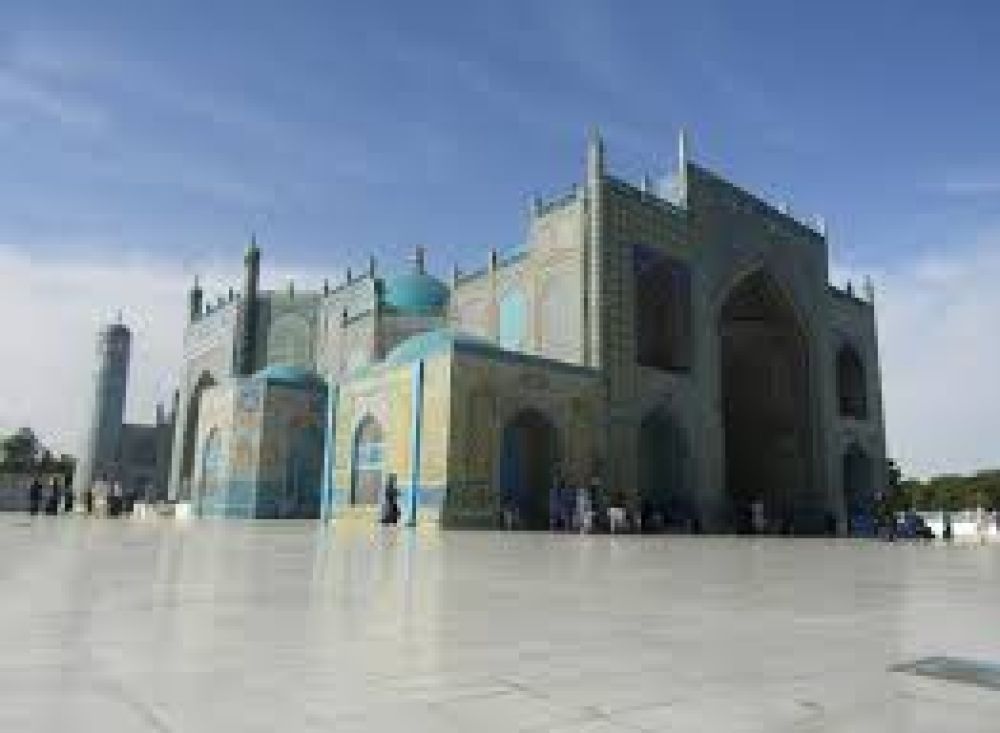

Rawza-i-Sharif, also known as the Shrine of Ali, is a mosque and burial place located in Mazar-i-Sharif, a city in northern Afghanistan. It is considered one of the most sacred Islamic sites in the country. According to legend, the site is the grave of Ali ibn Abi Talib, the cousin and son-in-law of the Prophet Muhammad, though his main burial place is believed to be at the Imam Ali Mosque in Najaf, Iraq. Despite this, the shrine has attracted pilgrims from across the Islamic world for centuries, lending credence to its historical and religious importance.
Ghazni, another prominent city in Afghanistan with significant historical value, once flourished as a center of Islamic culture and learning during the Ghaznavid dynasty around the 10th and 11th centuries. It was known for its magnificent Islamic architecture and enlightenment. However, tourism to Ghazni has suffered greatly due to political instability and conflict in the region.
Tourism in Afghanistan, including visits to places like Rawza-i-Sharif and Ghazni, has a rich history but has been deeply affected by decades of war and unrest. In times of stability, these sites have attracted tourists and pilgrims interested in their cultural and religious significance.
In recent years, efforts have been made to promote cultural tourism and preserve historical sites, although the constantly shifting political landscape makes widespread tourism development challenging. Eco-tourism and adventure tourism are potential growth areas, with Afghanistan's stunning natural landscapes offering unique opportunities for intrepid travelers.
The current state of tourism in Afghanistan remains precarious, and travel to the region is often advised against by many international governments due to safety concerns. However, there is hope that future stability will once again allow visitors to explore the rich cultural heritage and history of Rawza-i-Sharif, Ghazni, and other remarkable destinations within Afghanistan.